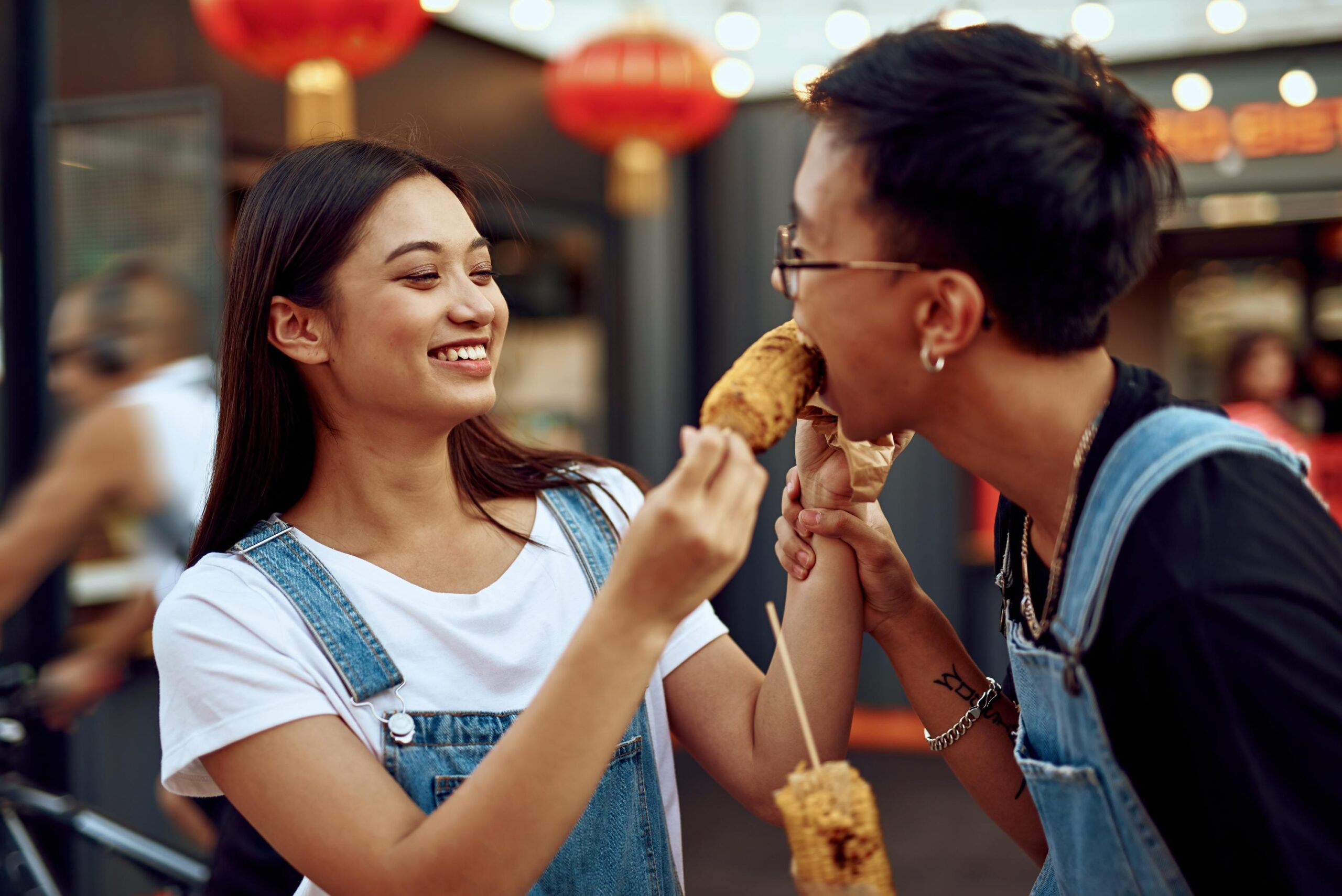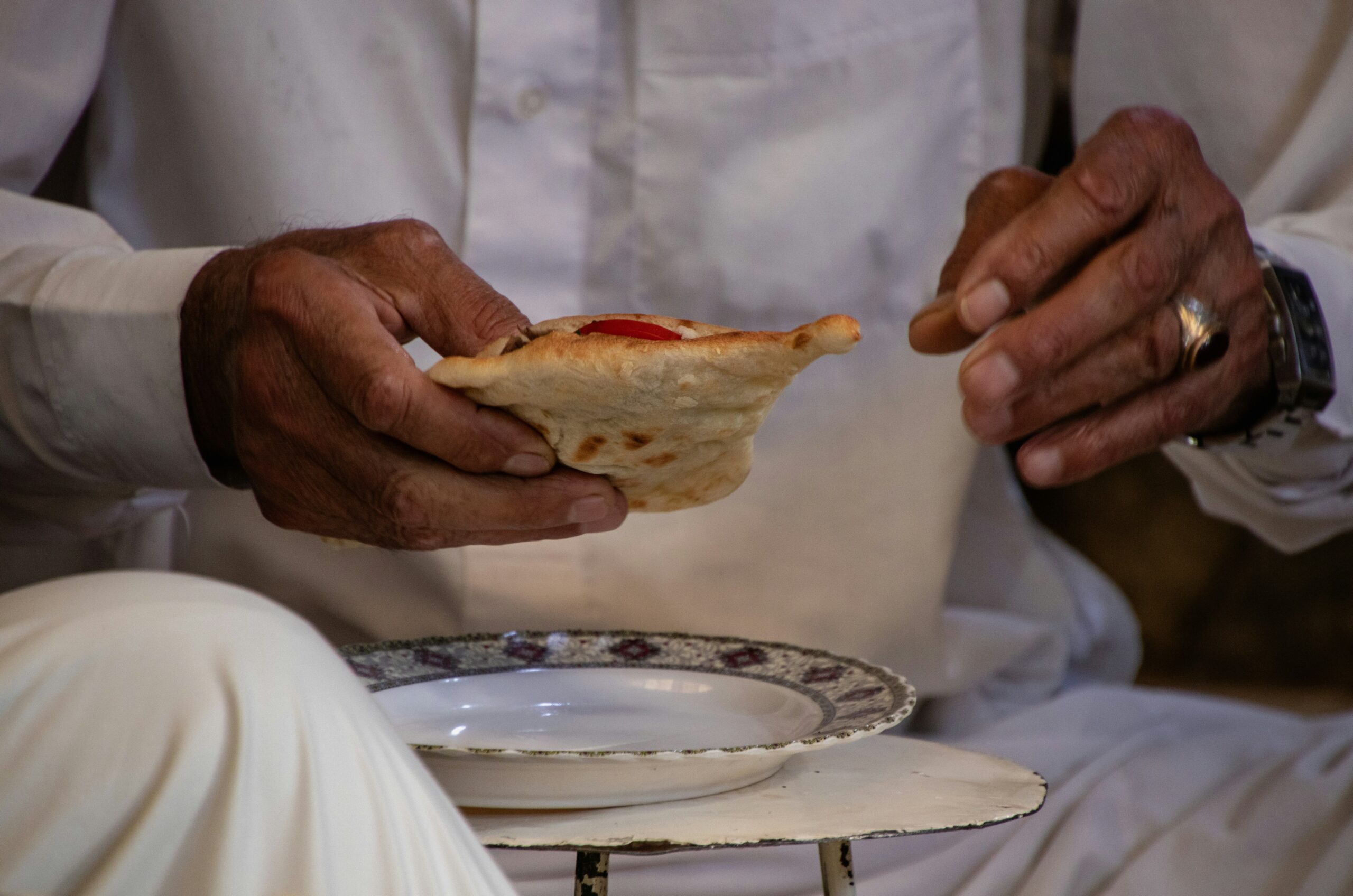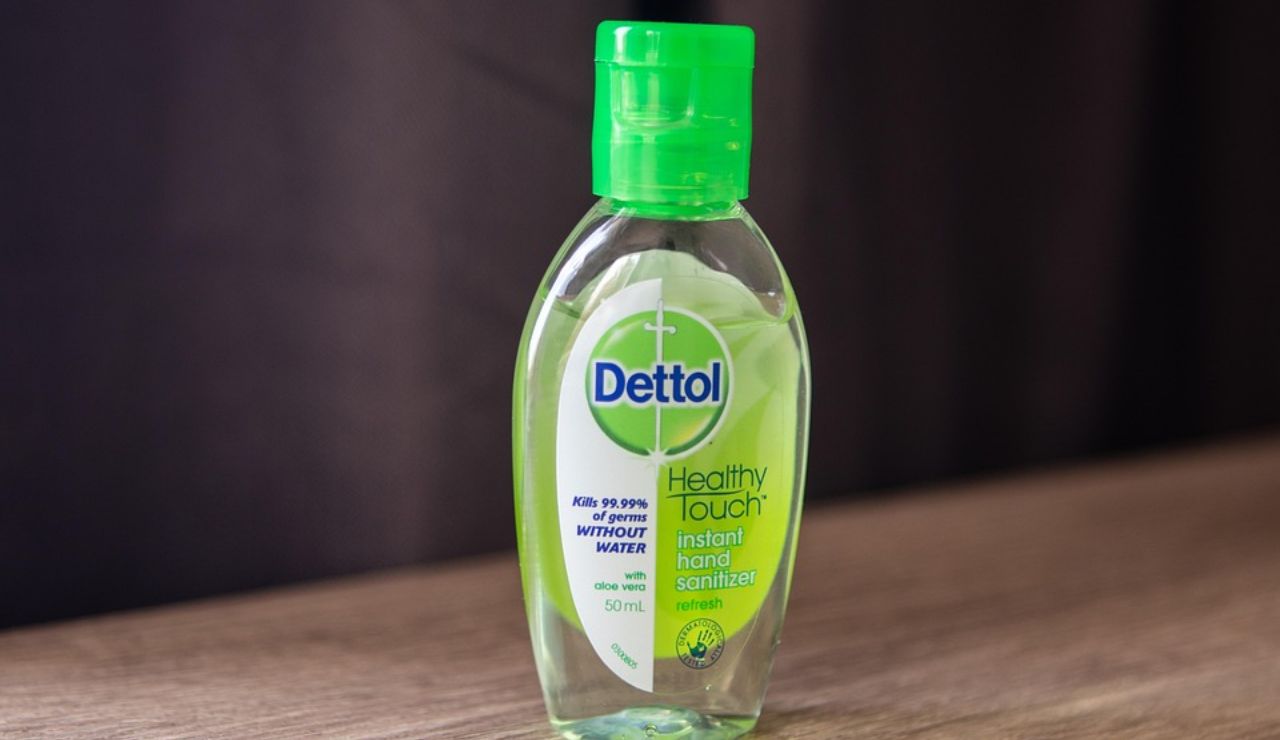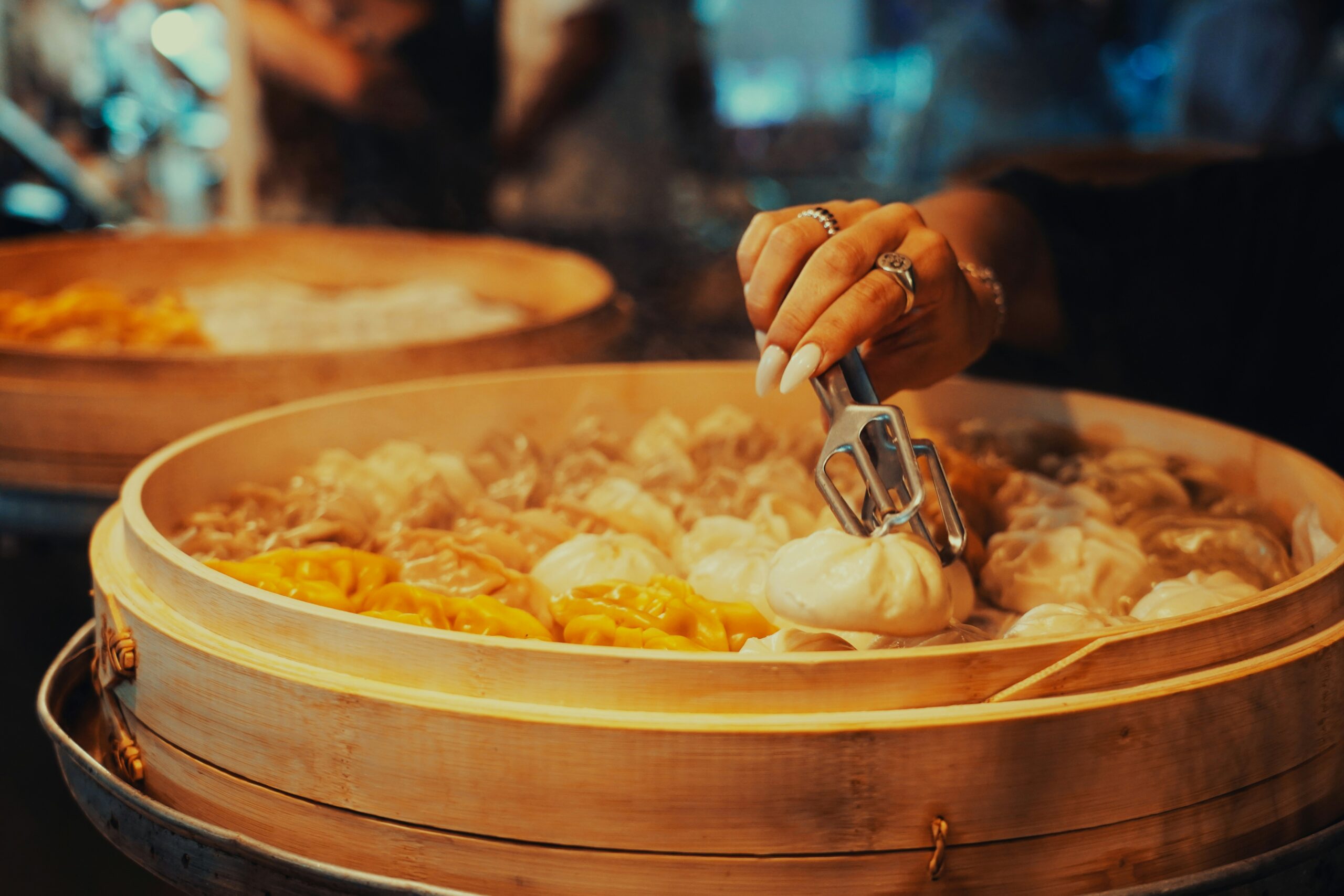How to Score Safe Street Food Finds on Your Travels

Sampling street food is one of the best ways to experience a culture, bold flavors, sizzling stalls, and real-deal local dishes you won’t find in fancy restaurants. But for many travelers, one wrong bite can turn into a stomach disaster. Luckily, there are easy ways to enjoy the best of street food without sacrificing your health. From spotting busy vendors to trusting your senses, here are smart, simple tips for safely tasting your way through the world.
1. Follow the Crowd

One of the most reliable signs of safe and tasty street food is a long line of locals. If a stall is constantly busy, it likely has high turnover, meaning ingredients stay fresh and are cooked regularly. Local crowds also indicate the food’s flavor is up to standard. Don’t be afraid to wait, it’s often the best sign you’ve picked the right place to eat.
2. Watch How the Food Is Handled

Spend a few minutes observing before you order. Are utensils being used instead of bare hands? Are raw and cooked foods stored separately? Vendors who maintain good hygiene and organized cooking areas are usually safer bets. Look for gloves, tongs, and clearly labeled prep stations to avoid any unnecessary risk.
3. Stick to Cooked Items

When in doubt, go for foods that are cooked right in front of you: grilled meats, fried snacks, or hot soups. High heat kills bacteria, making freshly prepared hot items much safer than pre-cut fruit or cold salads. If it’s steaming hot and made to order, it’s typically a safer option than anything that’s been sitting out for hours.
4. Avoid Buffets or Open-Air Platters

Buffet-style spreads or uncovered trays sitting in the open can attract flies and accumulate bacteria in warm weather. If food isn’t being rotated or kept at the right temperature, it can quickly become unsafe. Choose vendors who plate food fresh for each customer instead of letting it sit in the open for long periods.
5. Check for Running Water and Clean Utensils

It’s a good sign if a stall has access to running water, clean napkins, and visibly washed utensils. While street food isn’t supposed to look like a professional kitchen, basic cleanliness still matters. Vendors who rinse hands or wipe down surfaces between orders show more attention to hygiene, which means lower risk for you.
6. Learn the Local “Go-To” Dishes

Every destination has street foods that locals trust and eat daily, learn what those are before you arrive. From pad Thai in Thailand to tacos in Mexico, the most popular items are often safer because vendors perfect them and serve them in large quantities. A little research or a quick chat with your hotel staff can point you in the right direction.
7. Bring Your Own Wipes and Cutlery

Sometimes you’ll find amazing food but no handwashing facilities in sight. Carrying antibacterial wipes and your own fork or spoon can reduce your contact with surfaces others have touched. It’s a small step, but it helps keep your hands and mouth safe when the environment isn’t ideal. A little personal prep goes a long way.
8. Trust Your Senses

If something smells off, looks too dry or too greasy, or you just have a gut feeling that it’s not right, walk away. Your body gives you plenty of clues when something doesn’t seem safe. Trust your instincts and don’t feel pressured to try everything. There’s always another stall, another city, and another chance to eat well.